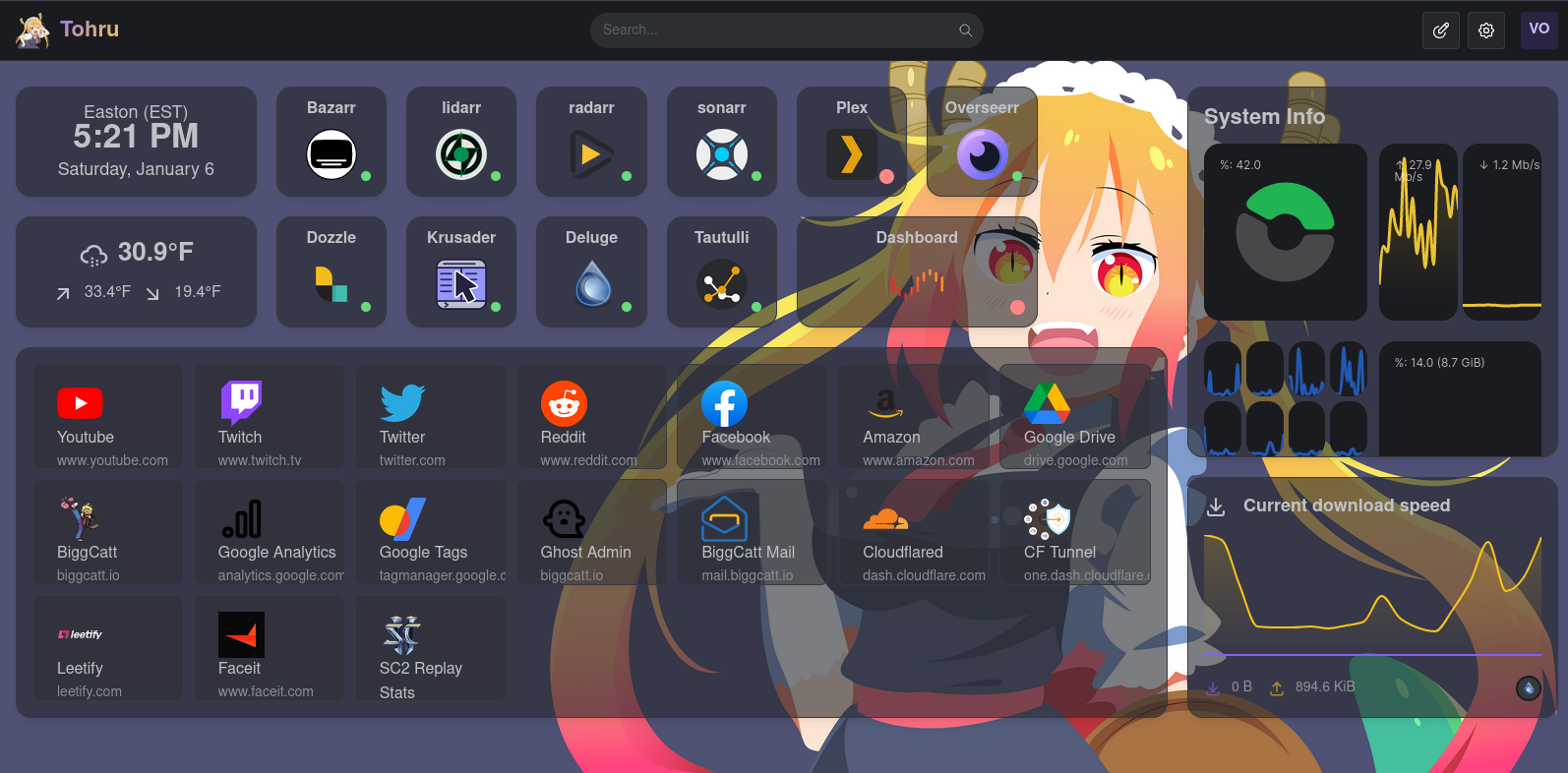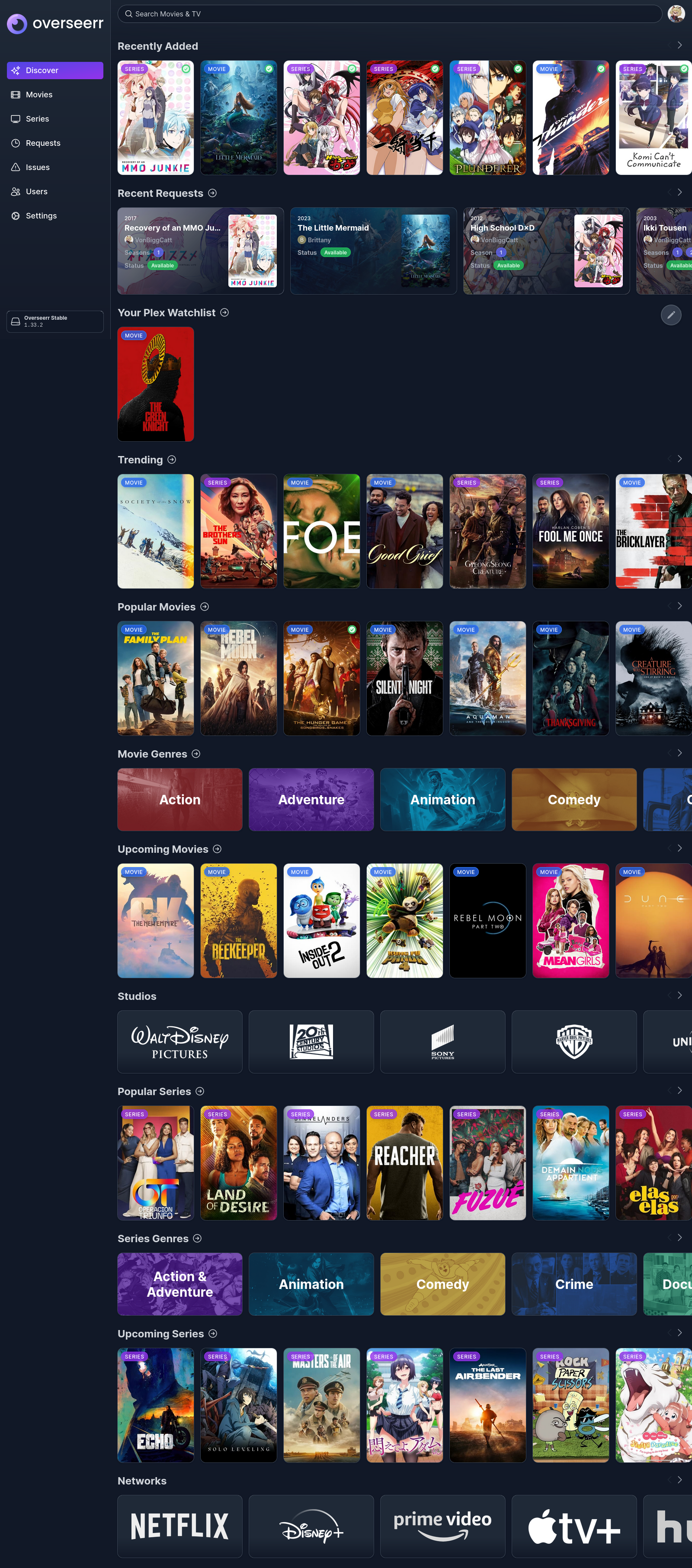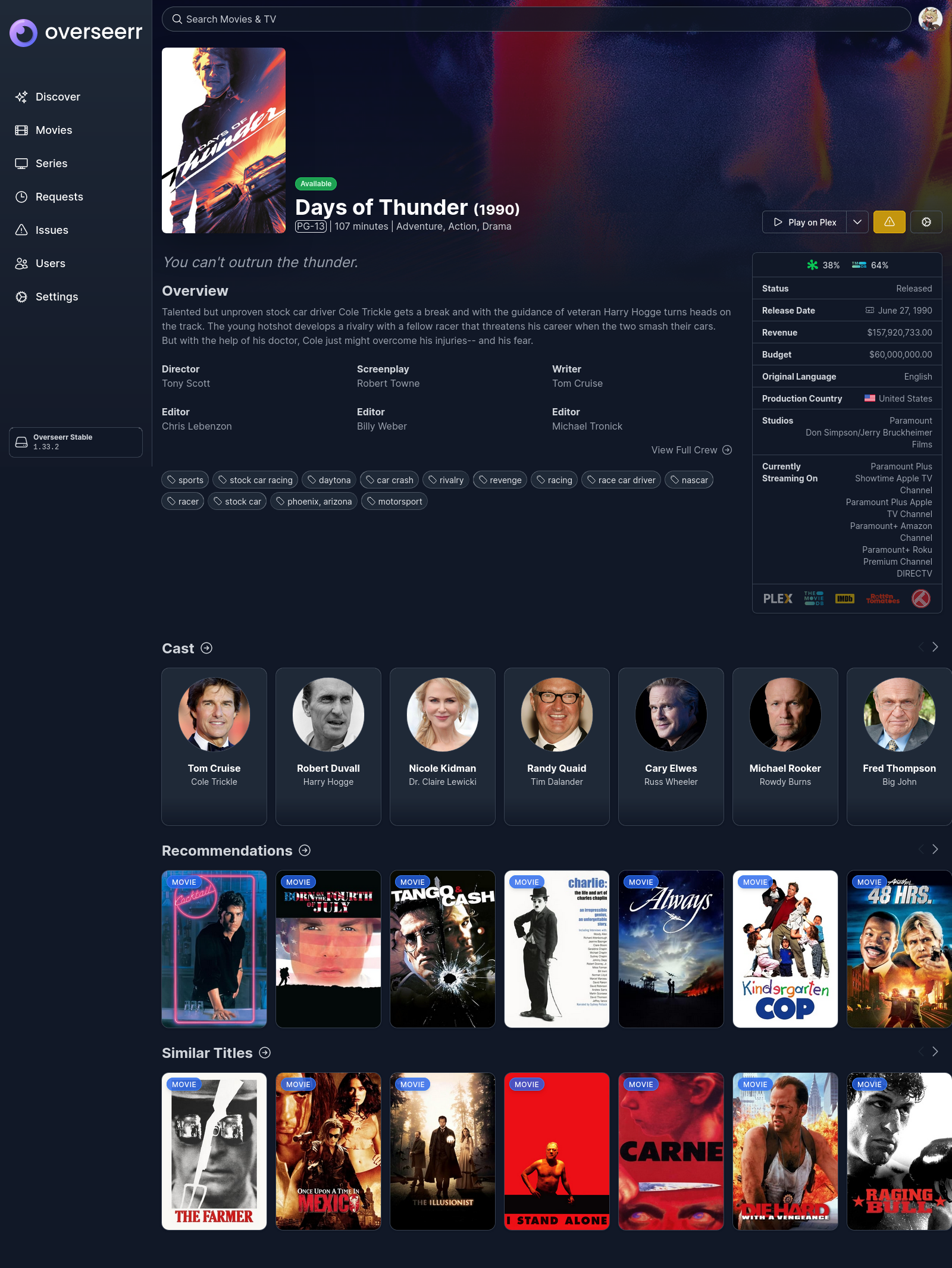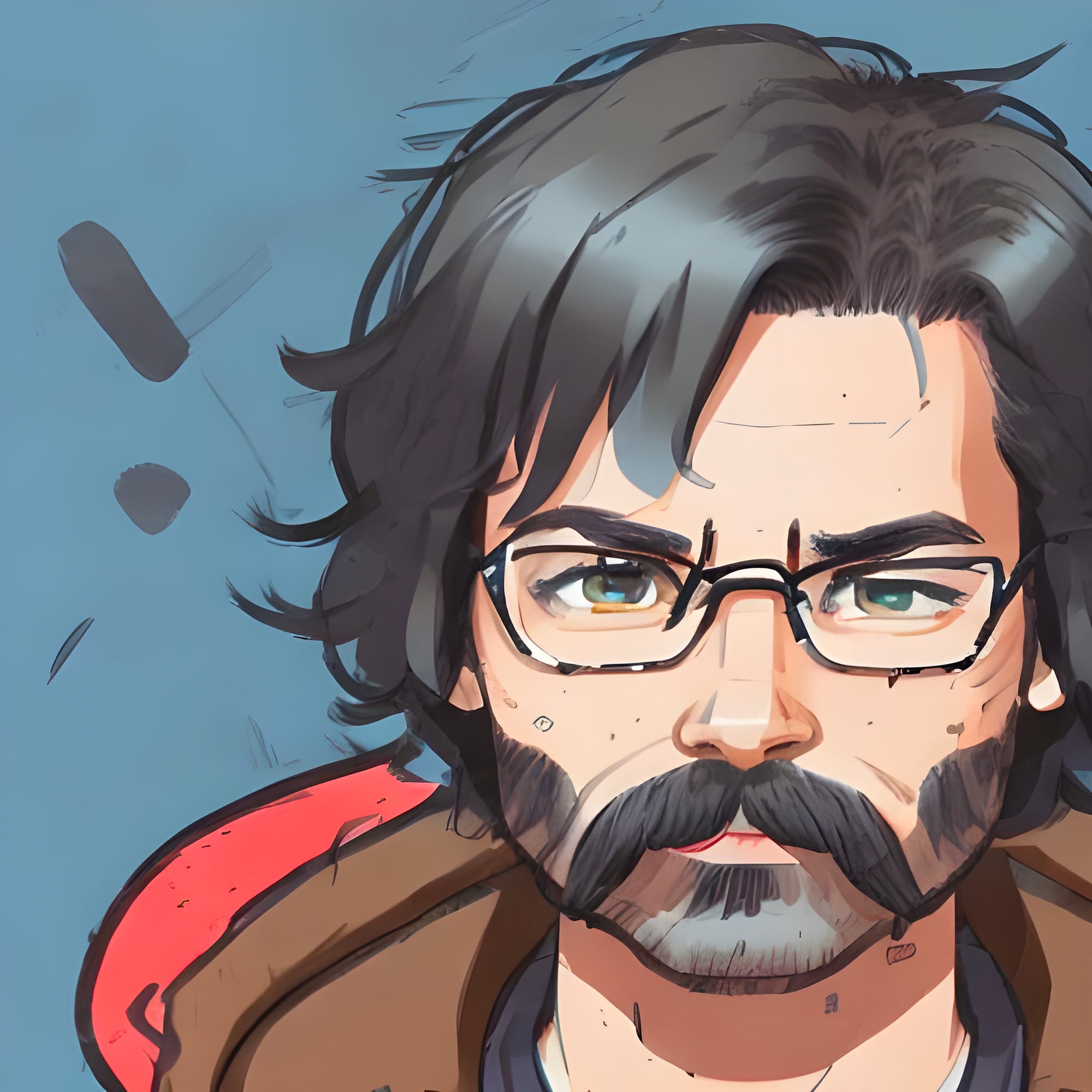Hey there! It’s been a while, but I’m still here.
As the first post of the new year, I thought I’d give a 6-month update on the server (Tohru). I have learned so much more these last few months—some good, some bad, but overall, it’s been a great addition to my home system, and I don’t think I could really do without it at this point. From streamlining things out, adding more capabilities to realizing that I should have built the server with some different hardware, I’ll cover as much as I can in this post.

Homarr Firefox Start page
Let’s talk about the good I’ve been having so far. First off, I’m still very happy with the environment Unraid provides and the ease of use and configuration it offers, for there isn’t something that could work better for my use case. From the Community App Store where you can easily find Docker apps to use and install with just 1 click and with very little input, the great plugins for compatibility with hardware or for creature comforts, to the vast community support on the Unraid forums. If you run into an issue for anything, there is always someone out there with the solution for it, which has been a huge help, as most of this is new to me, especially with getting Dockers to work and integrate correctly for more use cases.
While I am happy with the overall performance of Tohru, I have already added another 32GB of RAM and realized that 12TB of storage isn’t enough, although I haven’t filled it yet. I do know I should have gone with fewer drives and more capacity. I should have done a little more digging and searching for better-priced drives, but at the time, I had a different idea of how Unraid truly worked. I also should have gotten different NVMe drives for my cache pool so I can utilize Unraid’s mover functionality more. I already have plans and components ready for when I fill more space, but I am waiting to reconfigure Tohru all at once when the time comes, just to make sure I don’t forget or need anything else other than just adding more array storage.
So far, it’s just the addition of more RAM since I’ve been running multiple VMs simultaneously for a prolonged time. I had no idea that I would use VMs as much or as often as I have. I still have my Windows 10 VM, but I don’t really game on it as much as I have in the past. I realized I can use it as a streaming VM to take the strain of trans-coding to Twitch off my main gaming PC, as well as having a Windows environment available on the fly for when I’m on my laptop, which runs Pop!_OS Linux. I have added a Pop!_OS VM as a development platform for my girlfriend’s school work, as she runs Windows on her PC but needs to have access to Linux for coding and Docker use, as it’s easier to set up Docker under Linux than Windows (at least in my experience). It’s great for her to have a VM that she can access at any time and save her work in a central location that is set up with automatic backups. While I had my Windows VM set up for cloud gaming for my retro games with the use of RetroArch, I have switched to Batocera for retro emulation. Batocera is a strictly emulation Linux distro, and it works incredibly well, much easier to set up with BIOS and ROMs than RetroArch was, and the fact that it runs as its own VM rather than a program on my Windows VM streamlines things quite a bit. The change came because I was having issues with Steam Link, where if you use RDP to access your VMs, you’ll get an error from Steam Link saying that the computer is locked and you have to re-auth the program from the VM itself, but you can’t as you need to be at that exact lock screen which RDP bypasses that. I moved away from Steam Link and switched to Moonlight/Sunshine for remote gaming access.

In my 'Building a Server' post, I talked about Plex and media management. I have made the process easier with the addition of automation and adding the Overseerr Manager. I have to say this has to be the best thing I have added to Tohru as well as smoothing out communication with the *arr apps and Plex. It basically adds an IMDb-like WebUI from which I can see every movie, show, or anime series to ever exist, even new and upcoming releases. Then, it’ll show what I already have in my Plex library, and I can easily request any title, which will send it to the corresponding *arr app and upload it to Plex. This has made figuring out what I want to add without having to really think about what I want, I see, I request, I watch. It’s as simple as that! I also gave my girlfriend access for her to request anything she wants rather than asking me to get it then let her know it’s available. Now she can be on break at work, request something, and by the time we are home, it’s all ready to go. All this without any interaction from us aside from the initial request.


Overseer Menus
One last thing I've done is set up a Discord server for Tohru. There I set up bots that communicate with Unraid and other ones to use for media suggestions. Unraid will send messages to the Discord server letting me know of Docker, OS, and plugin updates, as well as any warnings and errors that might come up. Another bot sends updates on Overseerr requests and download completions, making it even easier to keep me updated on the go or at work when I don’t have much access to a computer. The last bot I use as a recommendation list; if I see or hear anything that I want to watch, I’ll let the bot know, and it’ll give me a synopsis and the option to request it on Overseerr for later use.
I’m sure I’ll add more things to Tohru in the future, but I'm quite happy with how it has turned out in the last six months since the start. Stay tuned as I’m working on my own Magic Mirror setup for use in my kitchen as a to-do and calendar display.
Thanks again for joining me on my journeys!
